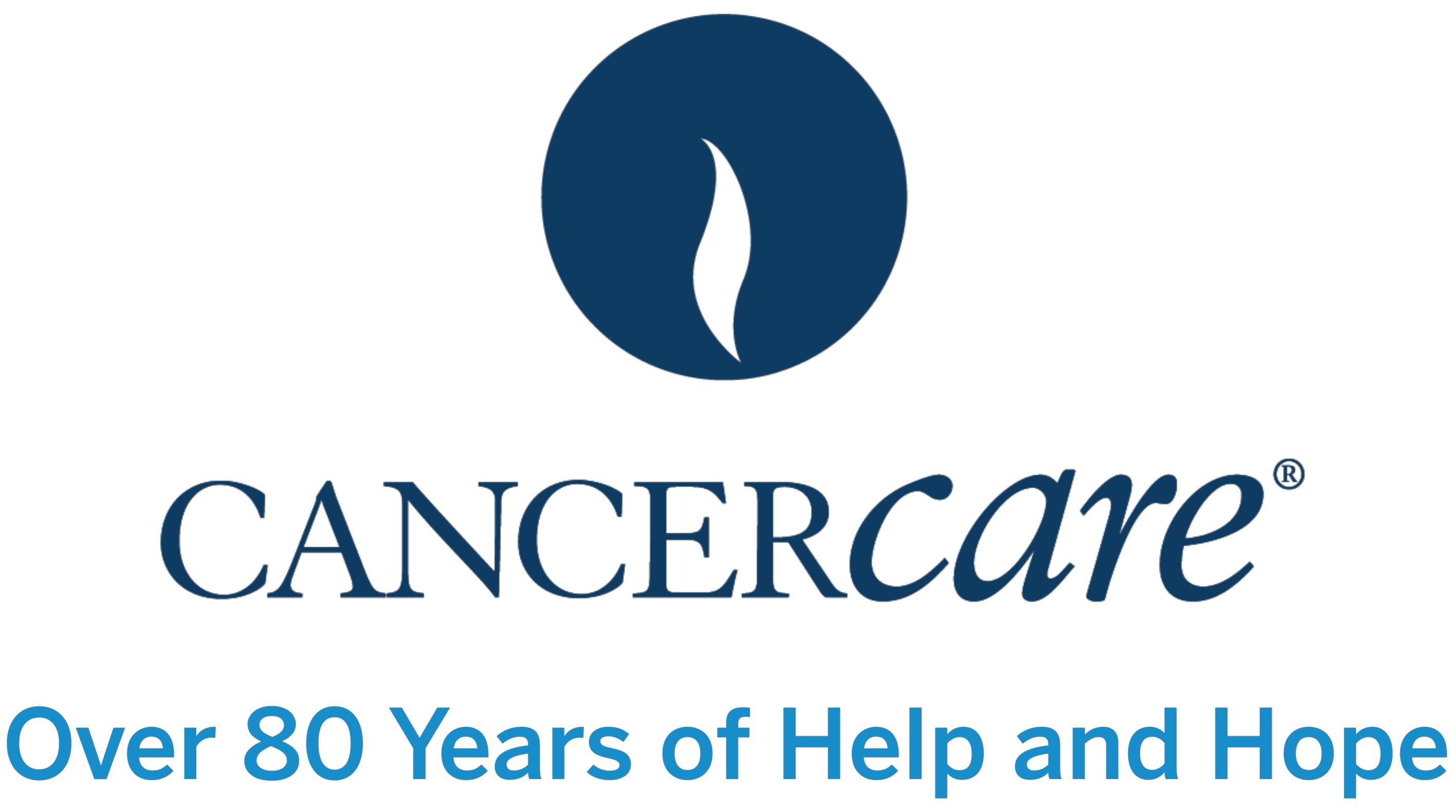A cancer diagnosis can be overwhelming. This fact sheet is designed to help define and clarify various cancer-related terms.
Adjuvant therapy: Additional treatment given to help lower the risk of a cancer recurrence. Related terms include chemotherapy, hormone therapy and radiation.
Alopecia: Loss of hair (body hair, eyebrows, eyelashes). Can be a side effect of chemotherapy.
Caregiver: A term used to describe an individual who is caring for, or helping to care for, a loved one.
Chemotherapy: A type of treatment that uses oral or intravenous drugs to stop and kill rapidly growing cancer cells. Also known as chemo.
Chemo-brain: A “mental cloudiness” that is a common side effect of chemotherapy.
Clinical trials: Research studies that evaluate new drugs or procedures on people living with cancer. Each study is carefully designed to improve or create new methods of screening, prevention, diagnosis or treatment of a cancer.
Complementary and alternative medicine (CAM): Treatments that are different than conventional medicine. Complementary treatment refers to practices or therapies that are used in conjunction with traditional approaches. Alternative methods refers to approaches that are substitutes for traditional medicine. Examples include special diets, acupuncture and nutritional supplements.
Complete remission: Refers to patients showing no signs of the cancer. However, there still may be undetectable cancer cells.
Constipation: Fewer than three bowel movements a week (although fewer than four or five may be a reduced number for some people). Can be caused by chemotherapy, low fluid intake, low amounts of fiber in the diet, anti-nausea medications or opiate pain medications.
Diarrhea: Two or more loose stools per day. This may be caused by certain chemotherapy drugs.
Edema: An accumulation of fluid in the tissues that can lead to inflammation.
Fatigue: Extreme tiredness not helped by sleep. May be tied to a number of factors, including cancer treatment, the cancer itself, the emotional aspects of coping with cancer and cancer pain or anemia (low levels of red blood cells).
Hormone therapy: A treatment that uses hormones to help slow or stop cancer growth. Commonly used with breast and prostate cancer.
Hospice: Compassionate care focused on addressing and alleviating pain. Usually recommended for individuals who are terminally ill.
Lymphedema: A painful swelling that happens when the body’s lymphatic fluid is unable to circulate properly and builds up in soft tissues instead. Commonly occurs in the arms or legs.
Menopause: The period in a person’s life when monthly cycles of menstruation end. Typically occurs at approximately 40-50 years old but can occur in response to chemotherapy. Common side effects include hot flashes, insomnia, irritability and vaginal dryness.
Mucositis: Sores inside the mouth and on the mucous lining of the throat and digestive tract caused by chemotherapy.
Nausea: Feeling sick to one’s stomach. Can occur with or without feelings of vomiting.
Neutropenia: An unusually low number of neutrophils, a type of infection-fighting white blood cell.
Palliative care: Specialized medical care that focuses on providing relief from the symptoms and stress of a serious illness, including cancer. The goal is to improve quality of life for both the patient and loved ones at any stage of the illness.
Partial remission: Refers to the tumor or cancer shrinking.
Peripheral neuropathy: Feeling numbness or tingling in the hands and feet. Symptoms related to neuropathy and other types of nerve damage may include difficulty picking up objects or buttoning clothing, problems with balance, difficulty walking or hearing loss.
Radiation therapy: A therapy that uses high-energy x-rays or other types of radiation to destroy cancer cells or keep them from growing. Usually used in conjunction with chemotherapy.
Relapse: The return of cancer after a period of improvement or remission.
Targeted therapy: A type of treatment that blocks specific cancer cells’ ability to grow, divide and spread.
Edited by Danielle Saff, LCSW
View all of CancerCare’s resources to help you better cope with your cancer diagnosis »
